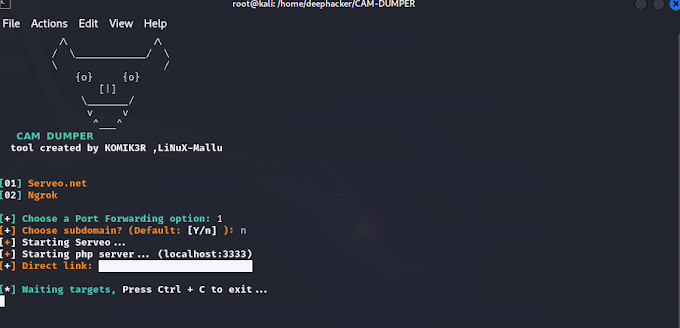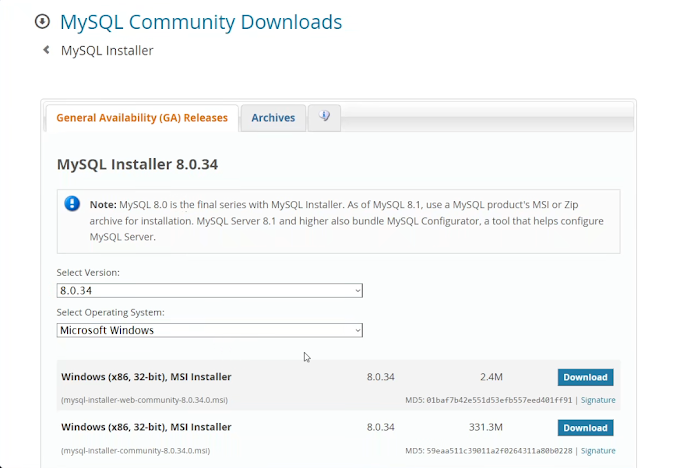John the Ripper Password Cracker
John the Ripper is a widely used password cracking tool. It is designed to help security professionals and system administrators test the strength of passwords by attempting to crack them. It supports various password cracking techniques such as brute-force attacks, dictionary attacks, and hybrid attacks.
The tool takes password hashes as input, which are typically obtained from password databases or operating system files. A password hash is a one-way cryptographic representation of a password. Instead of storing passwords in plaintext, systems often store their hashes for security reasons. This way, even if an attacker gains access to the password database, they cannot easily retrieve the original passwords.
How John the Ripper works:
1. Hash Identification:
John the Ripper first analyzes the password hashes provided as input. It determines the hash type (e.g., MD5, SHA1, bcrypt) to understand the algorithm used to generate the hashes.
2. Wordlist Mode:
In the simplest form, John the Ripper can use a wordlist or dictionary containing a list of common passwords, phrases, or variations to perform a dictionary attack. It systematically applies each entry in the wordlist and checks if the resulting hash matches any of the given password hashes.
3. Rule-based Modes:
John the Ripper supports rules to modify and transform words from the wordlist. These rules can apply various modifications, such as appending/prepending numbers, changing case, character substitution, or rotating characters. By applying these rules, it expands the wordlist and increases the chances of finding a matching password hash.
4. Brute-force Mode:
If the wordlist and rule-based approaches fail, John the Ripper can resort to a brute-force attack. It systematically generates all possible password combinations within a given length and character set. However, brute-force attacks can be time-consuming and computationally expensive, especially for longer and more complex passwords.
5. Hybrid Attacks:
John the Ripper also supports hybrid attacks, which combine the dictionary and brute-force approaches. It allows you to specify patterns and rules for generating passwords, combining them with words from a wordlist or applying transformations.
6. Performance Optimization:
John the Ripper is designed to utilize multiple CPU cores and take advantage of hardware acceleration (e.g., GPU) to speed up the password cracking process.
7. Cracked Passwords:
As John the Ripper attempts to crack the password hashes, it maintains a status report, indicating which hashes have been successfully cracked and the corresponding plaintext passwords. The cracked passwords are displayed in the output, allowing you to assess the strength of the passwords and identify potential security weaknesses.
Click here to know
How to Installation & configure John the Ripper
Conclusion
It's important to note that John the Ripper should be used responsibly and legally. It is primarily intended for security professionals and system administrators to test the strength of passwords within authorized systems or to recover lost passwords. Using it for unauthorized purposes, such as cracking passwords without proper consent, is illegal and unethical.









![Step-by-Step Guide: Install NetHunter Rootless on Android [2023] - No Root Required](https://blogger.googleusercontent.com/img/b/R29vZ2xl/AVvXsEjr_ZkRL6AyVQsYrb3QCcsse840F2ukrgeihfWdzvaYG6DvKgRelbqvL5fC4DkxXErUxjB97vk67IzTDngE9evniR3VZt_8RXAEaCXgpHqZvuFc3eePbAh6kDSdWxjzItlt4lGdz3Dqk9W4frs-xzHocQkHjuMb45deGwPO9w2AdqNPRdkhOYG1a12_P3Q/w680/kali%20nethuter.png)
